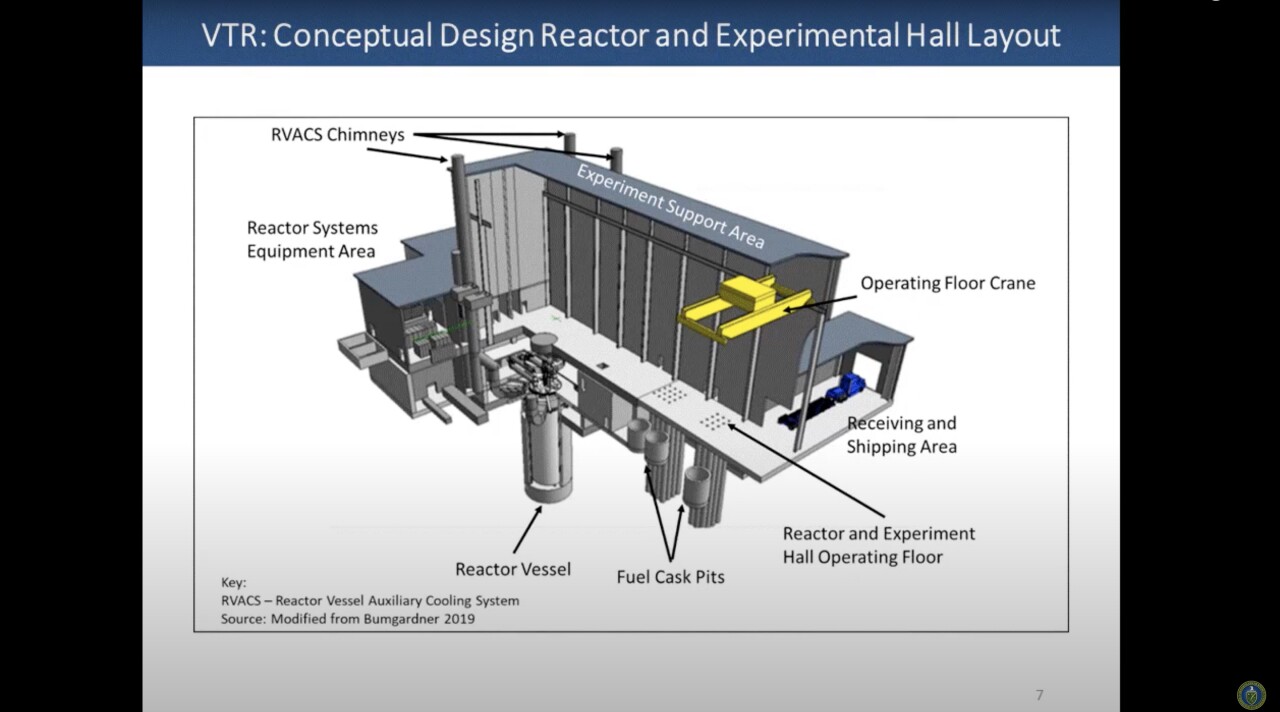IDAHO FALLS, Idaho — In efforts to step away from carbon-producing energy sources in the country, Idaho National Laboratory is modernizing nuclear power.
Now, plans to build a new testing site for nuclear power are underway.
The U.S. Department of Energy wants the country reach net-zero emissions by 2050, and a part of that goal is accelerating nuclear potential. Currently, nuclear power only accounts for 19% of domestic energy production. In order to grow that percentage, nuclear needs more research and development.
“What I would like Idahoans to note is that nuclear energy around the entire world, the reactors that are deployed, not just in this country, can trace back their technology and their development to people who worked and lived in Idaho," said John Wagner, director of Idaho National Labs.
Idaho National Laboratory plays an important role in nuclear research and has since 1949. But a new testing system hasn’t been established on site since the 70s.
That's about to change.

Plans for a new reactor have been approved by the U.S. Department of Energy with federal funding requested for 2023 — that's where the Versatile Test Reactor, or VTR, operational by 2026 comes in.
The sodium-cooled system can test nuclear materials more quickly and efficiently than other systems operating in the U.S. at this time.

“What we're doing is putting a lot of urgency around being able to demonstrate new nuclear systems that we have not done in over 40 years," Wagner said.
Related: Idaho National Laboratory aims towards net-zero operations
Nuclear waste controversy
Nuclear development does not go without criticism. Concerns over waste, meltdowns and radiation leaks are not without precedent.
Nuclear waste buried at the Radioactive Waste Management Complex near Arco in eastern Idaho contaminated the Snake River Plain Aquifer. 17 years of superfund cleanup was completed this year.

An extensive Environmental Impact Statement for the project addressed concerns like these surrounding VTR. A letter from the Shoshone-Bannock Tribes laid out concerns over the proximity of the site to Fort Hall Reservation, and additional members of the public and organizations submitted comments against the project. Read the public comments and responses from the Dept. of Energy on the project here.
There remains support for the project too, and the Record of Decision from the Department of Energy approved the project in July and includes plans for waste management.
What happens to spent fuel?
"Spent driver fuel from the VTR, regardless of whether it was generated before or after January 1, 2035, would be stored within the VTR reactor vessel until 22 decay heat generation is reduced to a level that would allow fuel transfer and storage of the fuel assemblies with passive cooling. After allowing time for additional radioactive decay, the spent fuel would be transferred to a spent nuclear fuel conditioning facility. At the facility, the spent fuel would be chopped, melted, and vacuum distilled to remove the sodium, after which the fuel would be diluted and placed in canisters ready for future disposal. The canisters would be placed in dry storage casks and stored on site in compliance with all regulatory requirements and agreements. This VTR spent nuclear fuel would be managed at the site until it is transported off site to an interim storage facility or a permanent repository."
When asked about the concerns people have for nuclear, Wagner and INL Net-Zero Director Jhansi Kandasamy stressed how imperative safety is for the team.
“There's a lot of people who are very concerned about nuclear safety," Wagner said. "Actually, if you look at any study on the safety aspects of any energy source, nuclear is among the absolute safest ways to make energy of all the different options that exist."
“I mean, safety's paramount. That's number one," Kandasamy said. "Having my children within the three-mile emergency preparedness zone, safety is absolutely number one."





